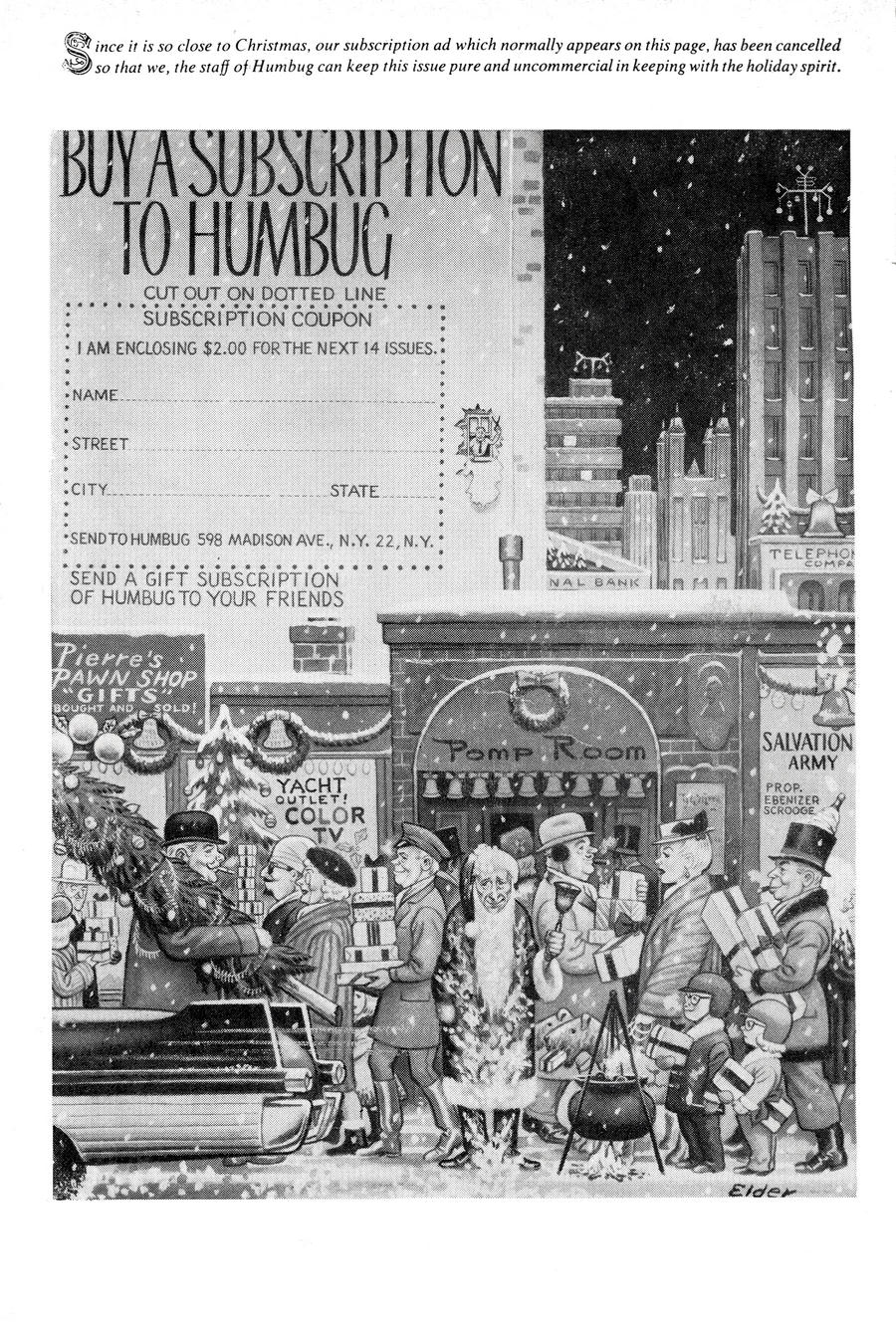Jack Davis is a true genius of cartooning. You have seen his work over the past 60 years, and perhaps you haven’t realized it. He did posters for movies like It’s a Mad, Mad, Mad, Mad World.
He did record album covers, magazine covers for
Time and
TV Guide, art for bubblegum cards, advertising art, and even storyboards for animated commercials. This issue of
Time is an example of his cover art:
Davis came up through the ranks of the art world, spending several years drawing comic books. He went into the field in about 1950, and found work at one of the most legendary comic book companies of them all, EC Comics, where he worked on some of the greatest horror comics ever:
Tales From the Crypt, The Vault of Horror, and
The Haunt of Fear. Here are two pages scanned from
The Vault of Horror #34, where Davis got to draw different types of monsters:
The horror comics died with the Comics Code in 1955, but they were never far from Davis’s heart, or pen and brush. In 1960, for instance, he did these covers for the satirical magazine,
Sick. The top is the one he originally submitted, which was rejected. The second is the one that was published:
He also did this cover for a short-lived horror digest,
Shock, in 1960, which showed he still had the gift of drawing unsettling images.
In 1957 Davis and some fellow cartoonists started up
Humbug magazine, a small-sized
Mad competitor. Here are some pages, also from Heritage Auctions, scanned from the original art.
In 1964, Davis did the cover that inaugurated the black-and-white, no Comics Code involved, run of
Creepy magazines
The work for satire magazines like
Cracked, Humbug, Sick, etc., came after Davis’s initial time at
Mad for EC, where, with editor/writer Harvey Kurtzman, Davis helped raise satire to high art.
Mad was very successful, and as Davis once later explained it, it was his work there that young advertising art directors remembered. His humble beginnings got him his later successes.
These six pages of “The Countynental” are the original artwork for the story from
Mad #14, published in 1953. They were sold by Heritage Auctions. The story is a spoof on the types of TV programming from the early days, done, with clever use of shading sheets called Zip-A-Tone, to simulate the black and white images of early '50s televisions. As for the subject matter, “The Continental” was a suave roué who would invite women into his apartment for drinks and conversation. It was done POV style, the camera becoming the female viewer.
Davis went back to
Mad in the 1960s, where he stayed until just a few years ago. He explained when he announced his retirement at age 90 that he could still draw, but his work was not up to his own standards. That is a man who knows when to sit back and just take it easy.
Here are some originals, also sold by Heritage Auctions, from Mad.
The few examples I have shown here cannot begin to show the amount of top notch work Jack Davis did during his fabulous career. All I can add is that I have been looking at and admiring Jack Davis’s artwork since the mid-1950s, and have never lost my sense of wonder at his talent. Happy retirement, Jack!
Postscript, December 24, 2014: Various blogs are saying that the talk of retirement is not true...that Jack is still up to his regular funny business. If so, enjoy the above artwork, anyway, and let us hope Jack goes on for a long time to come.



















































